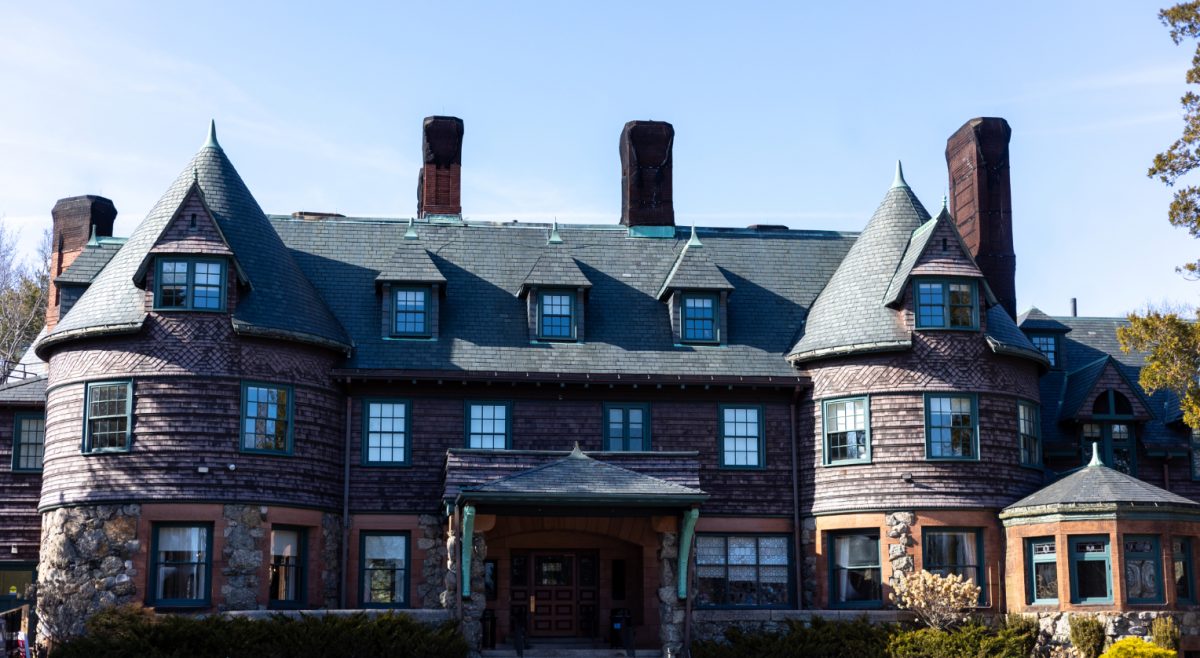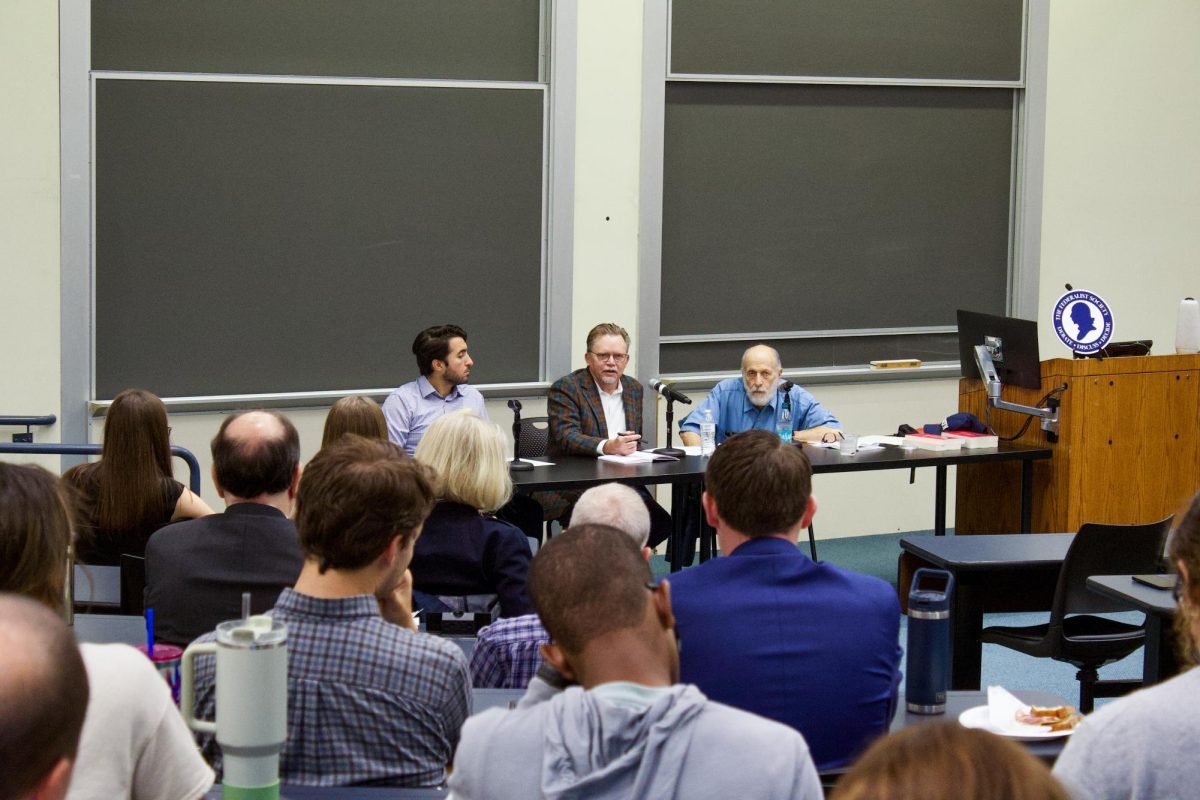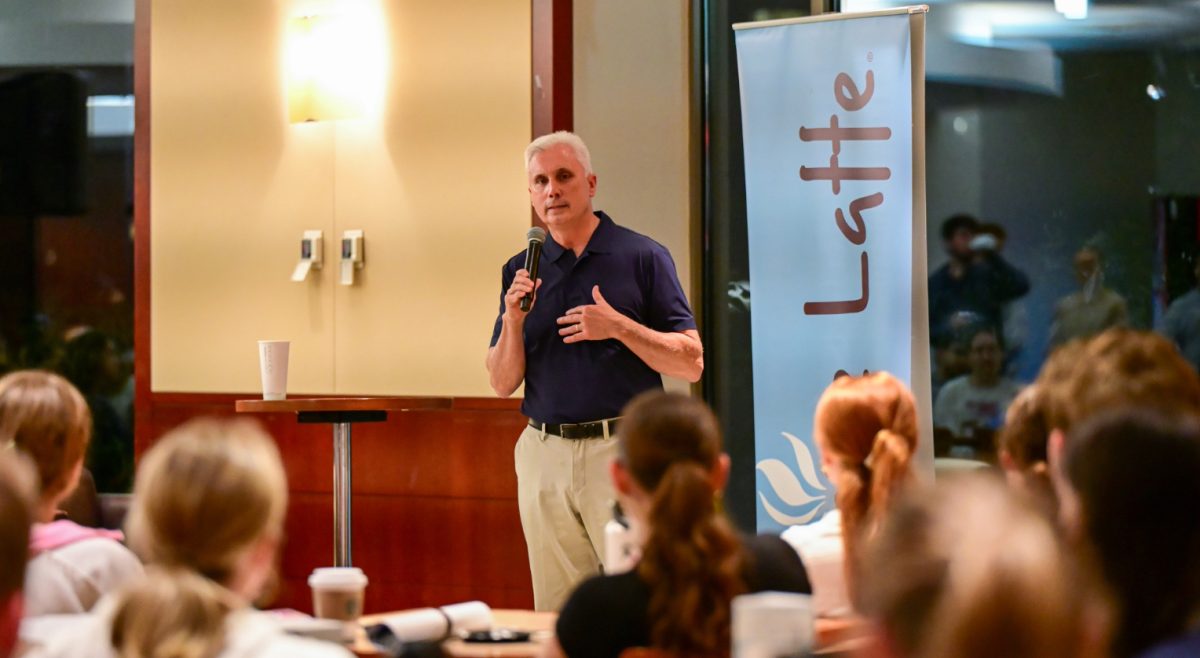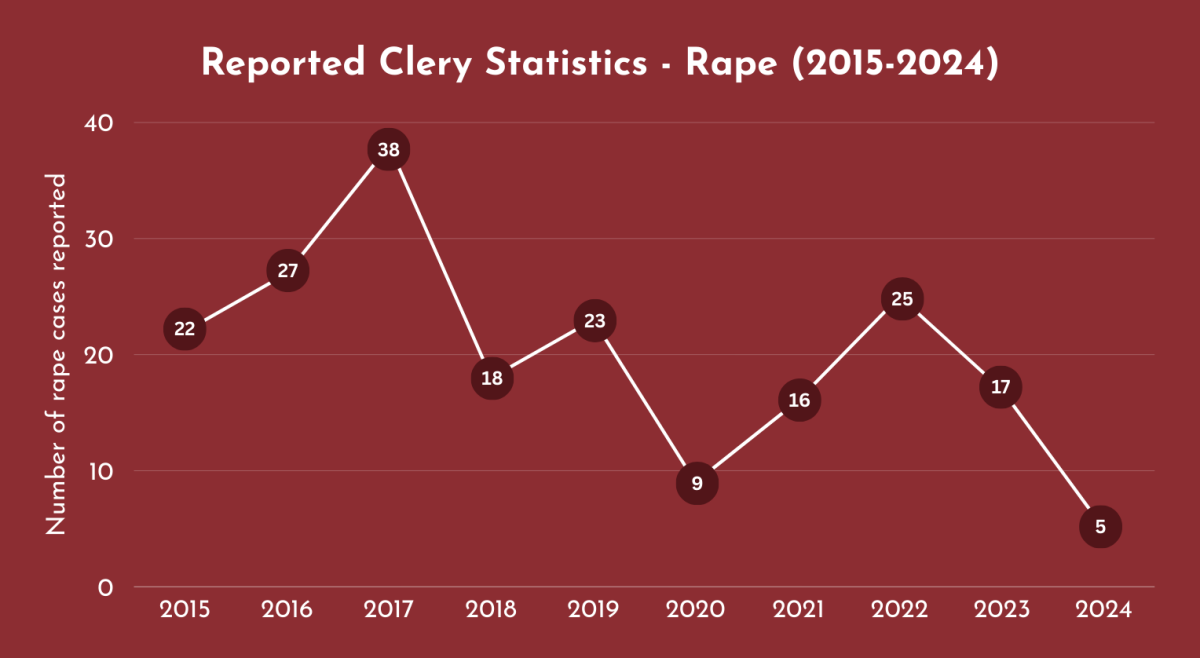Walking through campus today, basking in the beautiful gothic architecture and the perfectly tailored lawns, it is hard to imagine the reality that the University faced during the grim 1970s. Hopelessly in debt, Boston College was at the brink of bankruptcy, and as such, faced a possible acquisition by neighboring schools.
Enrollment was down, as the American public began questioning the value of a Jesuit, Catholic education in what was the rise of the era of specialization. Pre-professional schools were deemed increasingly suitable to fit the needs of careerism—in a way, many liberal arts institutions still confront this issue.
By 1970, mismanagement and lack of liquidity saw the decrease in quality of the facilities on campus and of the quality of faculty attracted to instruct students. Administration voted to “increase tuition by $200-$500,” according to the April 13 issue of The Heights.
Tensions escalated, exacerbated by the ongoing rift between the student newspaper and administration. The cover page of the same issue showed an alarming headline: “Strike,” with a large red hand which seemed taken straight out of the symbolic Pink Floyd film The Wall.
Students were outraged, as they believed the governing bodies of BC purposefully deceived them, as they had been told previously that tuition rates would stay frozen until at least the 1971-72 academic year, according to the April 13 issue of The Heights.
After a week, the tensions had not subsided. The separate schools all voted to support any action UGBC deemed appropriate. Classes were disrupted, offices were blocked off, even transit was diverged. Students pleaded with the community to support their cause, as they believed the well-being of the University was at stake.
According to the April 21 issue of The Heights, an “auditing firm retained by the University … learned that the projected budget for next year would represent a $3.17 million deficit.” The administration planned “$100,000 in library cuts … and realized many of the secretaries were not needed.” By the fall of 1972, BC was approximately $30 million in debt and in danger of defaulting on its loans.
Things began changing however, as in Sept. 5, 1972, Rev. J. Donald Monan, S.J. was chosen by the University Board of Trustees as the new University president. One of the many issues he encountered in resurrecting BC was the quandary of how to employ the talents of lay individuals in the leadership of the University.
Monan followed the precedent set forth by the University of Notre Dame, which achieved a successful restructuring of its Board of Trustees by separating it from its own religious order in 1967. BC followed suit, and soon enough, aided by the influx due to new leadership, Monan found himself at the helm of a complete revolution in Chestnut Hill.
A new wave of academic and residential buildings sprang up throughout campus, most notably the beloved—although controversial—modulars, or simply “The Mods.” In 1974, the University acquired the Newton College of the Sacred Heart, which now houses the BC Law School and about 40 percent of the freshman population.
By the time of Monan’s retirement as University President, endowment had reached $1.8 billion and BC was a leader and model of the liberal arts. He achieved his desired resurrection and took the school to new heights.
According to the Dec. 6, 2007 issue of The Heights, “University officials announced a $1.6 billion strategic investment plan that will revolutionize BC and place it among the elite universities of the nation.
“Rooted in BC’s liberal arts mission, these new academic centers will greatly advance research efforts, including an innovate initiative to promote collaboration among the sciences at a newly established Institute for Integrated Sciences,” the article in the December issue continued.
“All of this comes out of a desire to prepare BC and link up the twin goals of being the best institution of higher education we can be and make sure we stay faithful to our Jesuit heritage,” said University President Rev. William P. Leahy, S.J. in the same issue.
After an arduous process, the plan was approved. Since then, Gasson and St. Mary’s Halls have received facelifts and improvements, Stokes Hall has sprouted, and a new residence hall is currently under construction. Plans for a new Plex remain on track, as do those for a Student Center. The stature that University has achieved since those fateful encounters was unimaginable back in the 1970s, and now it simply remains to be seen just how high the University will reach.
Featured Image by Petr Kratochvil / istockphoto.com






